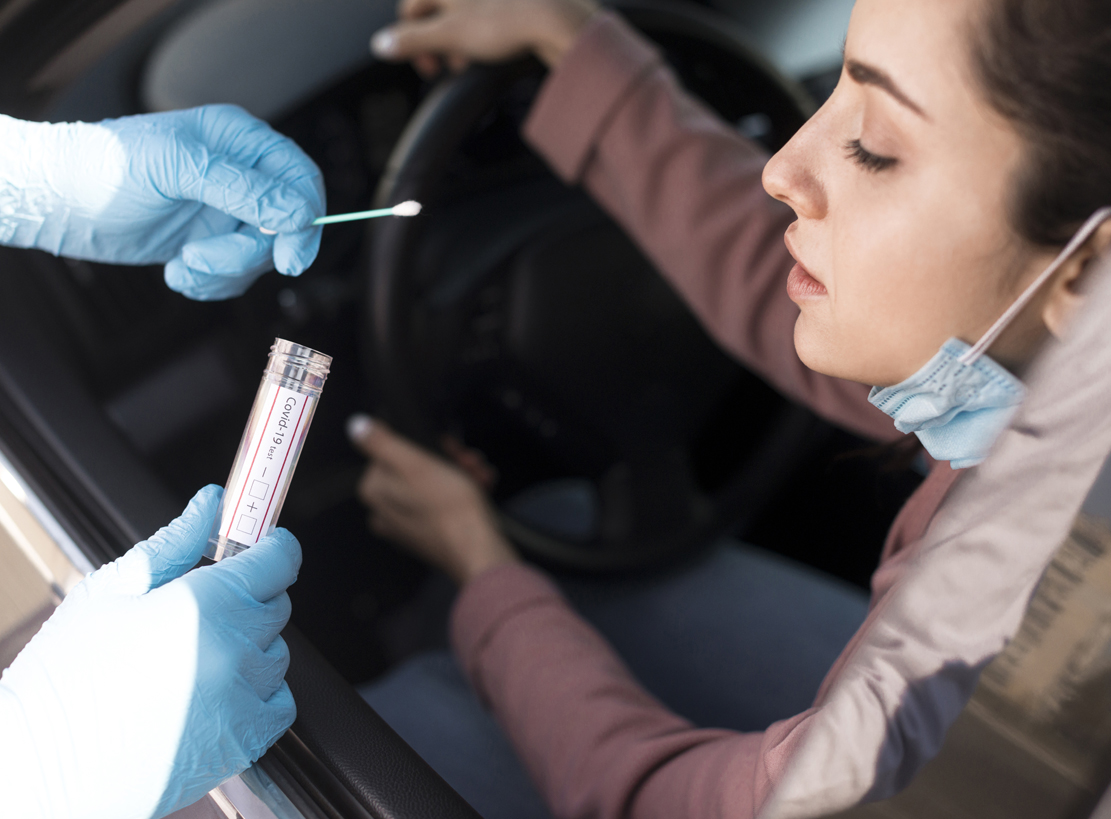Different countries are pursuing very different strategies when it comes to testing for COVID-19. The WHO supports a policy of widespread testing. But policies around the world vary and there seem to be arguments in support of the different approaches – largely due to supplies, shortages and priorities.covid-19 test
Testing is important because asking people with mild symptoms just to stay home will lead to more infections in the household and community. If tested and positive, people can either be isolated in a facility (like in China/Vietnam) or put on strict home isolation (which they are more likely to adhere to if they know they have the virus for sure). When resources are limited and when the healthcare system is overloaded, however, you don’t want a lot of non-sick people coming to health facilities and risking contagion.covid-19 test
Here, David Duong, MD, MPH – Instructor in Global Health and Social Medicine at Harvard Medical School and Harvard Medical School Director of Global Primary Care and Social Change, as well as a member of the World Economic Forum’s Global Future Council on Health and Healthcare – and his colleague Todd Pollack, MD – Assistant Professor of Medicine at Harvard Medical School and Country Director for the Partnership for Health Advancement in Vietnam, a Harvard Medical School Global Program – explain some of what we know about testing for COVID-19.
Hubei officials are using a broader criteria to diagnose patients, leading to more being told they have the infection. The same case definition is not being applied in the rest of China, throwing “trend mapping into chaos”, the BBC reported.
How is the coronavirus Covid-19 diagnosed?
Pollack: You see a number of different strategies that depend on a few things. First is the state of the epidemic in the country or community. Second is the availability of testing resources – both the test kits themselves (or the swabs) and personal protective equipment (PPE) for health workers, who are required to wear these in order to take the sample from patients.
Duong: In the US, different states and different cities have different criteria. Some states are testing health care workers who have been in contact with known exposures (people who have tested positive) or who are symptomatic. Or patients with known exposure and symptoms, or people who are immune-compromised and symptomatic.
The guidelines evolve very quickly depending on the availability of testing equipment and supplies of PPE. For example, in New York City, due to supply issues, they have said that as of the 20 March, COVID-19 testing is performed only for hospitalized patients. So they are not doing community testing. Where I practice in Boston, we are still testing non-hospitalized patients, however, you still need approval to get a test. Patients cannot just request a test.
At the beginning of the epidemic, the majority of tests were sent to the CDC for testing. Now, the tests are carried out by the Departments of Health, state laboratories, and in some places, such as at my healthcare organization, we can run our own test, and therefore, increase the amount of testing we can do, and decrease the time patients have to wait for the results.
Source : covid-19besttestkits.com
